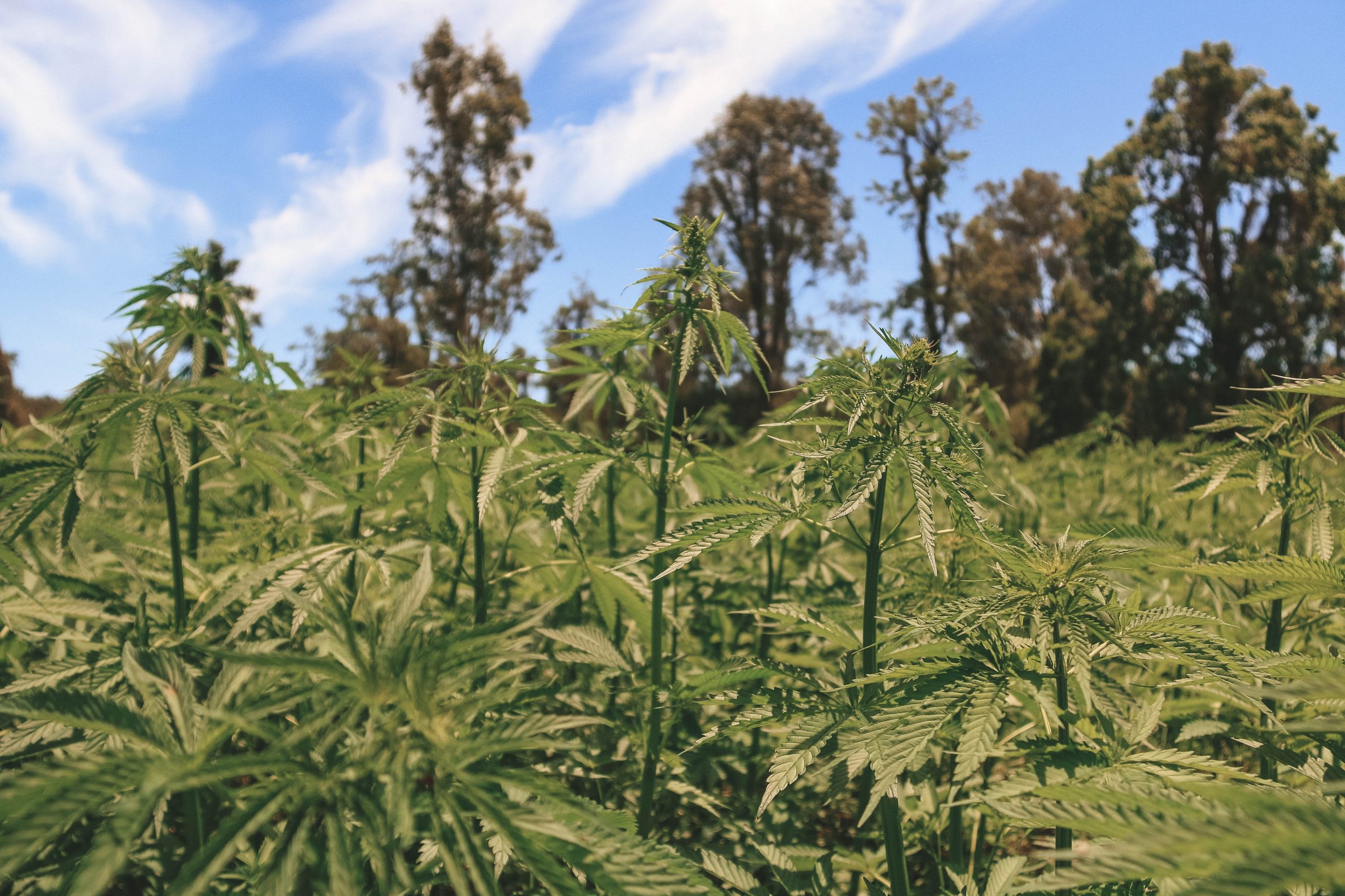Throughout this initial piece on the Botany of Cannabis sativa, I summarise botany of our planet as a whole and where cannabis fits in to the early establishment of our plant ecosystem.
The plant sciences include genetics, physiology and anatomy, biochemistry ecology, systematics, biogeography, economics, and, of course, biotechnology. With so many sub-disciplines, we can easily get overwhelmed with information and suffer from a sort of botanical overload. However, a person appreciates a plant species all the more if they have an understanding of the complex series of events, random yet sometimes seemingly directed, which have led to its current position among the millions of other species on the planet.
Cannabis, a complex eukaryotic organism, arose long after other life began and evolved on our 4.5 billion year old planet. The first simple prokaryotes, organisms that lack a nucleus and include the often single-celled organisms like bacteria, took about a billion years to evolve after the formation of the earth. Prior to bacteria there were simple “protocells” and even earlier were self-replicating molecules, freely floating in aqueous solutions.

Image: Healthy, vigorous and versatile. HFA’s premium cultivar ‘Ruby’ (Hemp Farms Australia, QLD – 2017)
Almost all people who study the formation of early life on earth agree, water was essential. Water allows dissolved solutes to interact with one another. At the molecular level water is a three-atom molecule comprised of two hydrogens and oxygen, which has the well-known molecular formula of H2O. In some plant cells, water comprises 90% of the volume and for good reason; water has several features that are important to life processes. Water has cohesive and adhesive forces, a high heat capacity and heat of vaporisation, and is less dense as a solid than when a liquid. Water is also fundamental as a solvent. Solutions, important to early life on earth and present-day life, are (often) comprised of water with dissolved solutes. Sodium chloride, table salt, is one of the most common examples of a solute. On early earth, ions such as sodium, chloride, and organic molecules that were able to diffuse into water were all present. Different gases were also present in different concentrations, with oxygen being far less abundant than carbon dioxide. Understanding the origin and evolution of cannabis really began with experiments in the 1950s that sought to investigate the origin of life. During that time, researchers showed that when mixtures of water vapor, hydrogen gas, methane and ammonia are placed into a sterile vessel and given an electric spark, within several days simple organic molecules that are typically associated with life are generated.

Image: Withstanding harsh climatic conditions in Roma, outback Queensland (Hemp Farms Australia, QLD – 2016)
Cannabis and other plants have important proteins called phytochrome’s. Phytochrome’s have evolved with the important task of holding a chromophore, a light-absorbing molecule. Phytochrome’s interact with light to help signal to the plant when to initiate flowering, for example. Subsequently, some phytochrome’s can be activated and deactivated by certain wavelengths of light, hence the use of in-door grow setups.
Knowing how some of the first prebiotic molecules formed lead to help us understand how ancestral cells of cannabis might have arisen. Based on what we know about chemistry and biochemical laws, the origin of life via organic chemistry is likely, especially if given enough time. Since we know the earth is roughly 4.5 billion years old, time is a component that has been in abundant supply.
Written by: Lauchlan Grout – Co Founder Hemp Farms Australia
References
Bòcsa, I. and M. Karus 1997. Der Hanfanbau – Botanik, Sorten, Anbau und Ernte. [Hemp cultivation – botany, varieties and harvest.] C.F. Müller Verlag, Heidelberg.
Bonin, G., 1994. Hanf Dampf auf allen Äckern. [Hemp steam on all the fields]. Cash. 22:87.
De Meijer, E. P. M. 1995. Fibre hemp cultivars: A survey of origin, ancestry, availability and brief agronomic characteristics
S.R. Zwenger, 2004. Biotechnol Cannabis

Leave a Reply